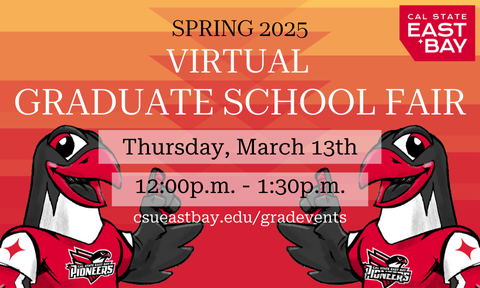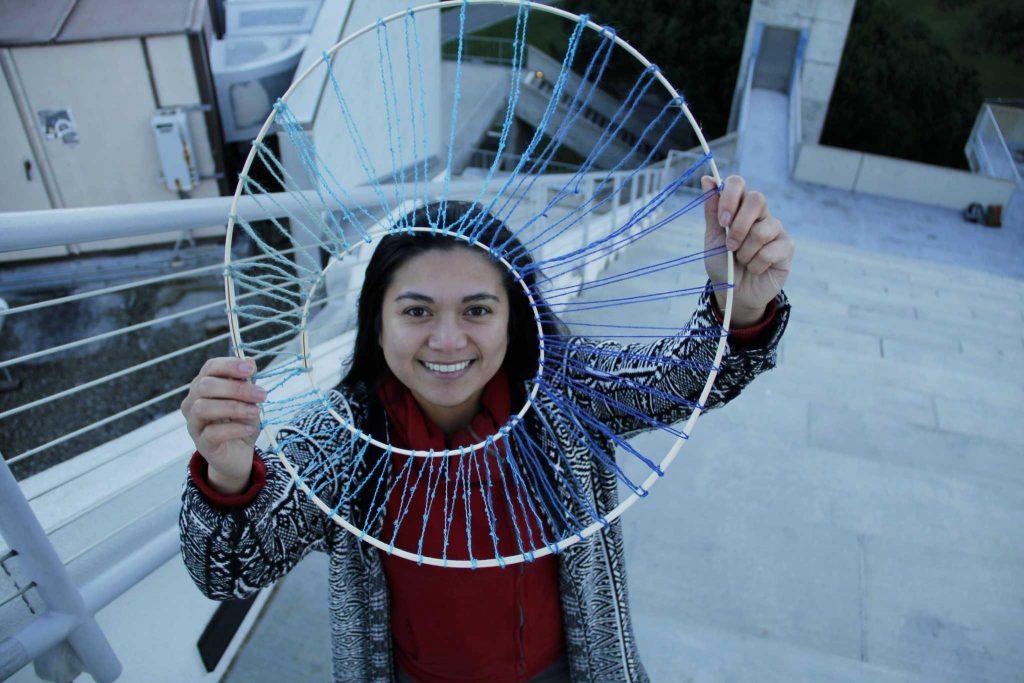The resiliency of the Filipino people will be celebrated in the Associated Students’ Art Gallery during a new exhibit in honor of the 30th anniversary month of the People Power Revolution of the Philippines. The exhibit will highlight the role that art and culture played in mobilizing the Filipino people against dictatorship.
The exhibit, “Resiliencies: Poetics of Filipino Diaspora,” will open at the gallery in the Cesar Chavez Student Center on Feb. 4 at 5 p.m.
The exhibition is a collaboration between the gallery and the League of Filipino Students, an organization on campus that is based out of the Philippines. SF State’s LFS chapter is the only one located in the U.S. and works closely with workers’ and youth organizations within the Bay Area.
“We try to bridge the gap in understanding that all the issues that we face here as Filipino Americans are inherently tied back to the issues that our people face in the Philippines,” said Patrick Racela, a member of LFS and a senior political science major.
Racela, who took part in the exhibit’s conception, said the goal is to not only engage Filipino students on campus but to spark a conversation about what the People Power Revolution meant in the past and what it means for the future. The revolution was a social movement that ultimately ended Ferdinand Marcos’ presidency Feb. 26, 1986.
“Very often our history is left out of the textbooks, and we feel that it’s important to showcase it in a way that’s different,” Racela said.
Racela, along with LFS, reached out to the art gallery over the summer in hopes of building an exhibit that would showcase the history of Filipino culture.

“Each artist brings a different perspective reflecting their own personal commentaries, whether it relates directly to the revolution or as oblique connections that strive to make parallels,” said Topher Maka, the assistant manager of the art gallery. “Because each artist is from a different generation, the breadth of the exhibit is outstanding.”
According to Maka, the gallery will feature pieces ranging from street photography to textiles created by an assortment of SF State students, alumni as well as other artists located in the Bay Area and the Philippines.
Mona Marcos, an SF State alumna and artist featured in the exhibit, created a piece she said was inspired by her own upbringing. Marcos’ parents fled hardships in the Philippines and moved to the U.S. Growing up, Marcos recalls her mother re-purposing things instead of tossing them out, so Marcos now takes discarded objects and transforms them into art.
Marcos’ piece in the exhibit is a woven sculpture made up of two wooden panels bolted together in the shape of a leaf, with yarn weaving back and forth.
“For my piece, it’s utilizing what my parents went through and to appreciate everyday life to its fullest because you never know what’s going to happen,” Marcos said.
Like Racela, Marcos hopes the art showcased in this installation educates people on Filipino history and the hardships that people faced in the Philippines.
“It’s a great opportunity for this exhibit to showcase what these artists have, how they were brought up, what influenced them and how they’re giving back to the community as well,” Marcos said.








